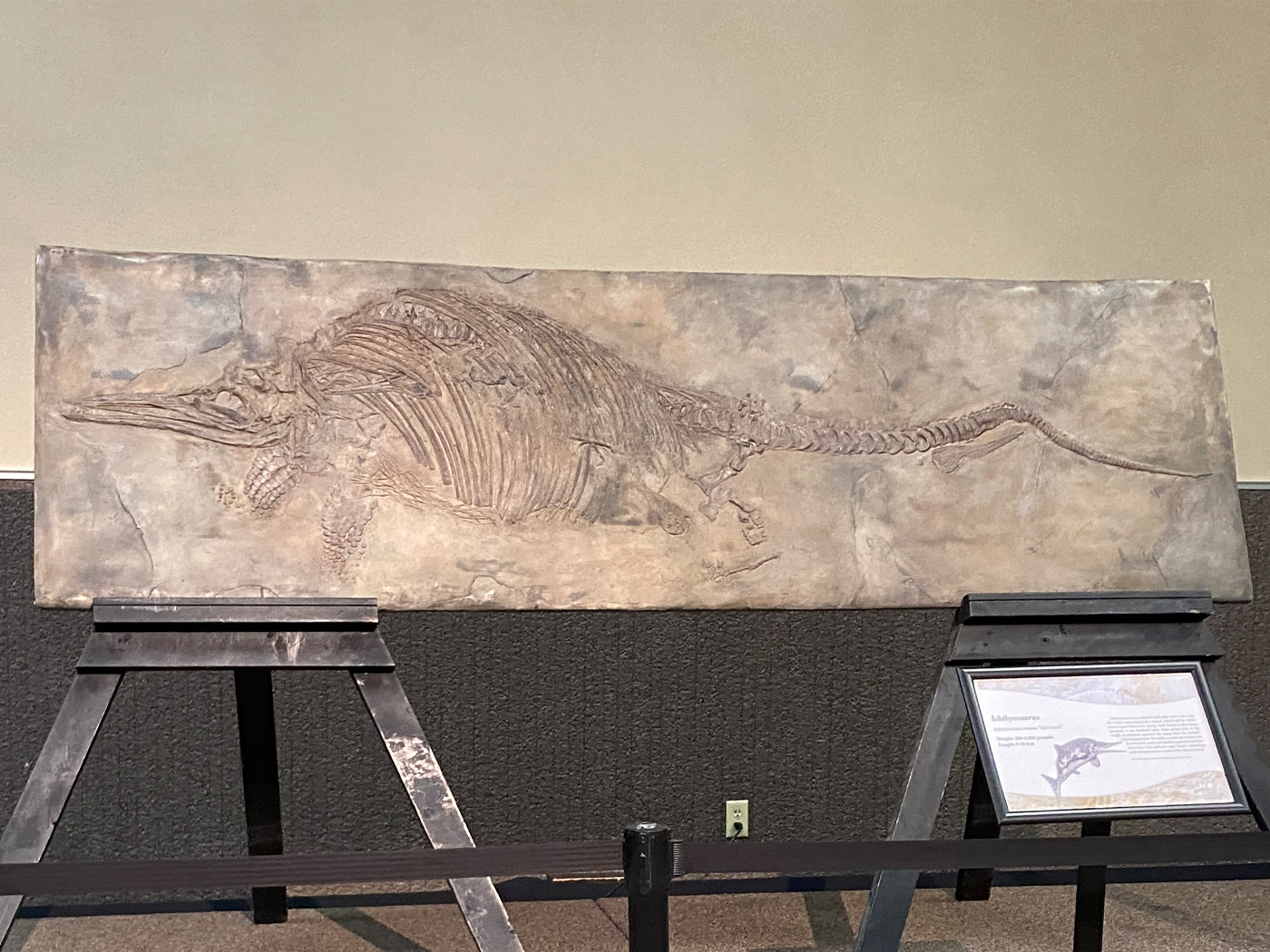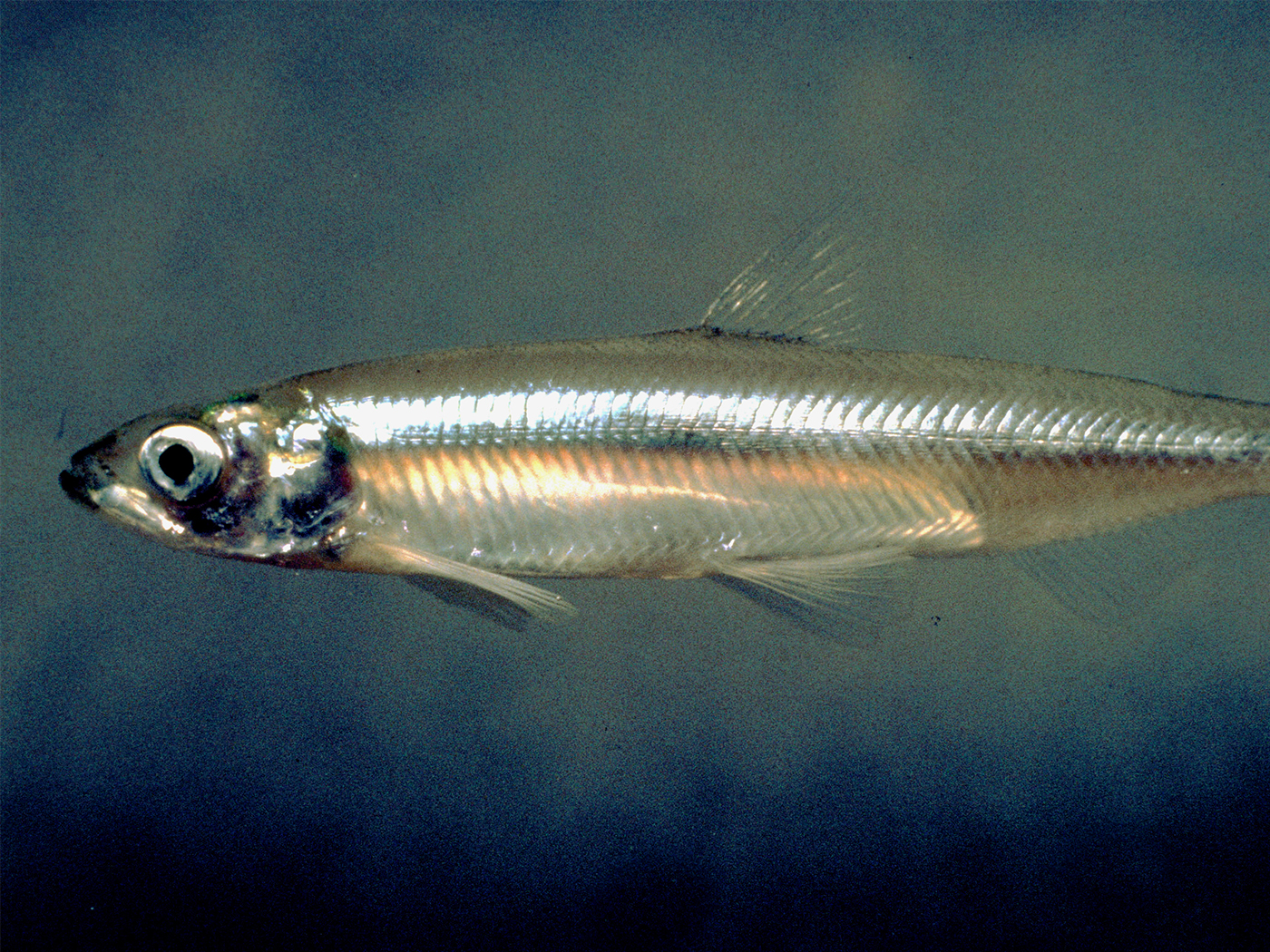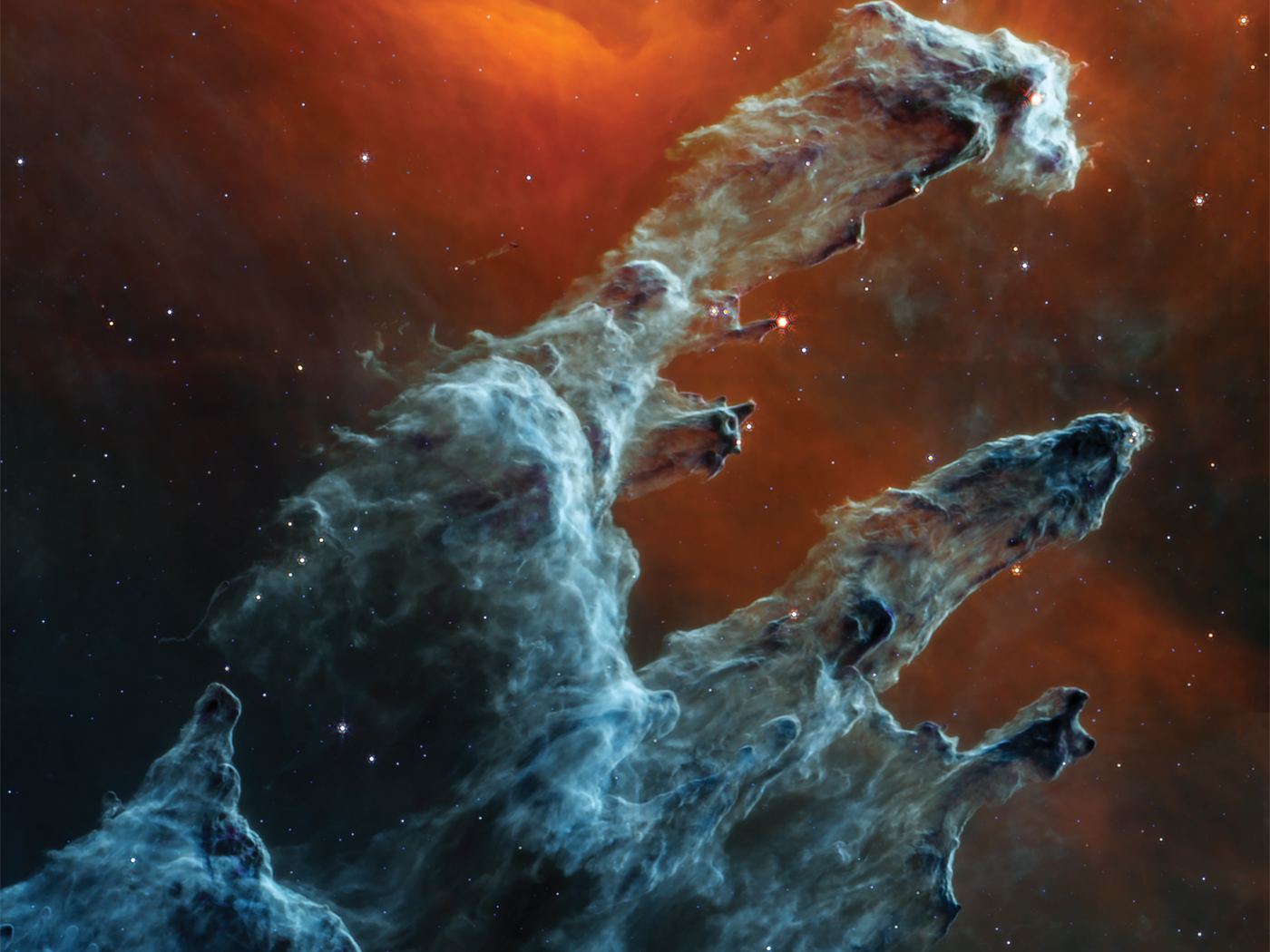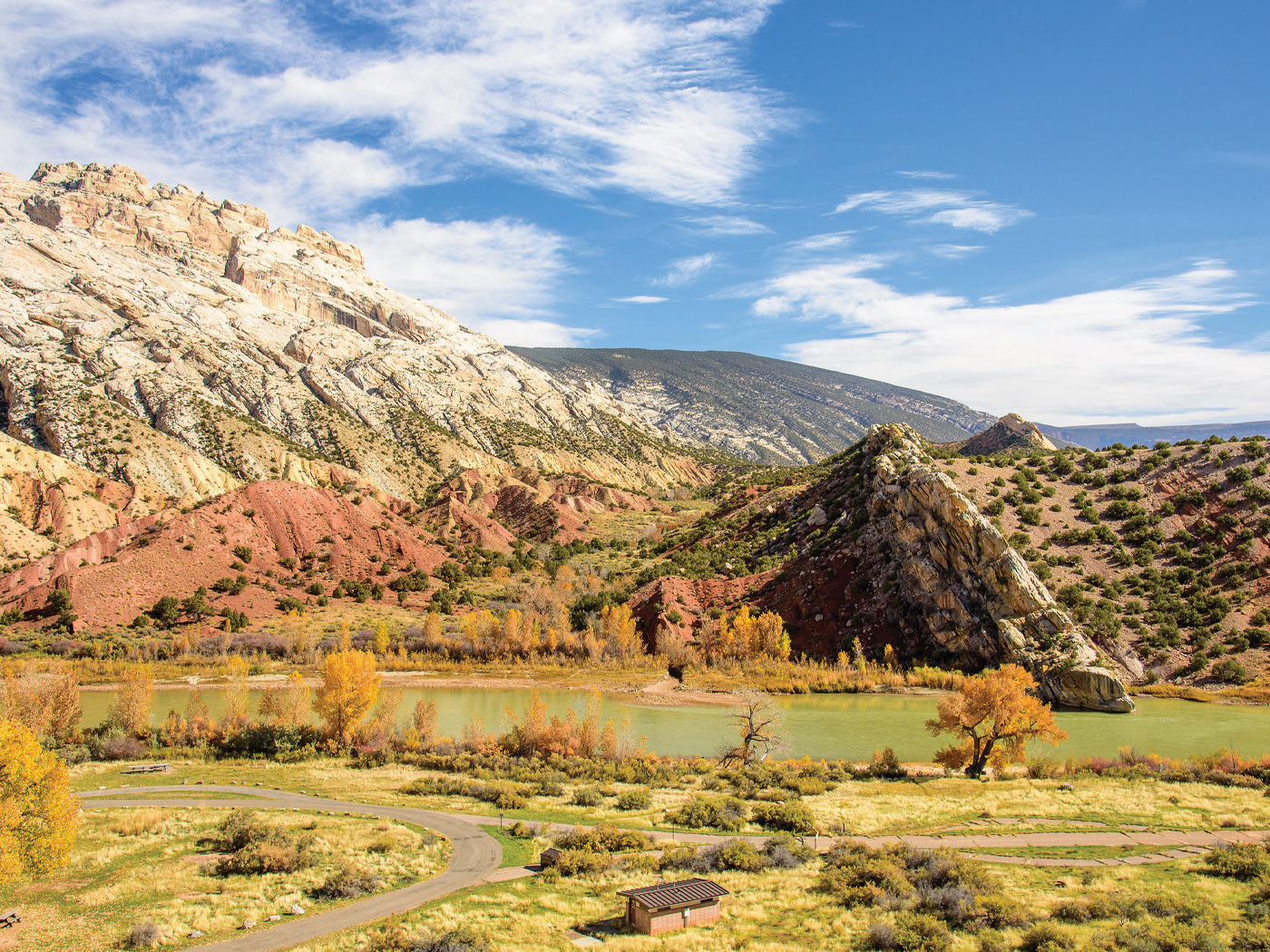The eruption of Mount St. Helens in Washington State on May 18, 1980, is certain to be remembered as one of the most significant geologic events in the United States of the 20th century. The explosion, on May 18, was initiated by an earthquake and rockslide involving one-half cubic mile of rock. As the summit and north slope slid off the volcano that morning, pressure was released inside the volcano - where super hot liquid water immediately flashed to steam. The northward-directed steam explosion released energy equivalent to 20 million tons of TNT, which toppled 150 square miles of forest in six minutes. In Spirit lake, north of the volcano, an enormous water wave, initiated by one-eighth cubic mile of rockslide debris, stripped trees from slopes as high as 850 feet above the pre-eruption water level. The total energy output, on May 18, was equivalent to 400 million tons of TNT - approximately 20,000 Hiroshima-size atomic bombs.
On May 18 and also during later eruptions, critical energy thresholds were exceeded by potent geologic processes which were able to accomplish significant changes in short order. These processes challenge the traditional uniformitarian way of thinking about how the earth works, and serve as a miniature laboratory for catastrophism. Institute for Creation Research scientists have spent three summers investigating the geologic changes which have occurred at the volcano. Four of the most significant discoveries are summarized in this short report.
RAPIDLY FORMED STRATIFICATION
Up to 400 feet thickness of strata have formed since 1980 at Mount St. Helens. These deposits accumulated from primary air blast, landslide, waves on the lake, pyroclastic flows, mudflows, air fall, and stream water. Perhaps the most surprising accumulations are the pyroclastic flow deposits amassed from ground-hugging, fluidized, turbulent slurries of fine volcanic debris, which moved at high velocities off the flank of the volcano as the eruption plume of debris over the volcano collapsed. These deposits include fine pumice ash laminae and beds from one millimeter thick to greater than one meter thick, each representing just a few seconds to several minutes of accumulation. A deposit accumulated in less than one day, on June 12, 1980, is 25 feet thick and contains many thin laminae and beds. Conventionally, sedimentary laminae and beds are assumed to represent longer seasonal variations, or annual changes, as the layers accumulated very slowly. Mount St. Helens teaches us that the stratified layers commonly characterizing geological formations can form very rapidly by flow processes. Such features have been formed quickly underwater in laboratory sedimentation tanks, and it should not surprise us to see that they have formed in a natural catastrophe.
RAPID EROSION
Erosion during volcanic eruptions at Mount St. Helens was accomplished by scour from steam blast, landslide, water waves, hot pumice ash flows (pyroclastic flows), and mudflows. Since the eruptions, the erosion process has been dominated by sheet flooding and channelized flow of water, with occasional mudflows. About 23 square miles of the North Fork of the Toutle River Valley was obstructed by two-thirds cubic mile of landslide and pyroclastic debris, which has been rapidly eroded since 1980. Jetting steam from buried water and ice under hot pumice reamed steam explosion pits with associated mass-wasting processes at the margins of pits, producing rills and gullies over 125 feet deep. Photographic documentation assembled by ICR scientists demonstrates that very pronounced rills and gullies had formed at the margins of seam explosion pits before May 23 - less than five days after the pumice was deposited. The rills and gullies resemble badlands topography, which geologists have usually assumed required many hundreds or even thousands of years to form.
Mudflows, from Mount St. Helens, were responsible for the most significant erosion. A mudflow on March 19, 1982, eroded a canyon system up to 140 feet deep in the headwaters of the North Fork of the Toutle River Valley, establishing the new dendritic pattern of drainage. As ICR scientists surveyed this new terrain, they began to contemplate the processes which may have formed the Grand Canyon of the Colorado River. The little "Grand Canyon of the Toutle River" is a one-fortieth scale model of the real Grand Canyon. The small creeks which flow through the headwaters of the Toutle River today might seem, by present appearances, to have carved these canyons very slowly over a long time period, except for the fact that the erosion was observed to have occurred rapidly! Geologists should learn that, since the long-time scale they have been trained to assign to landform development would lead to obvious error on Mount St. Helens, it also may be useless or misleading elsewhere.
UPRIGHT DEPOSITED LOGS
The landslide generated waves on Spirit Lake stripped the forests from the slopes adjacent to the lake and created an enormous log mat, made up of millions of prone floating trunks that occupy about two square miles of the lake surface. These logs float freely as the wind blows them, and the decreasing size of the log mat indicates that the trees are gradually sinking to the lake floor. Careful observation of the floating log mat indicates that many trees float in upright position, with a root ball submerging the root end of the trunk, while the opposite end floats out of the water. Hundreds of upright floated and deposited logs have been grounded in shallow water along the shore of the lake. These trees, if buried in sediment, would appear to have been a forest which grew in place over hundreds of years, which is the standard geological interpretation for the upright petrified "forests" at Yellowstone National Park.
In order to get more information on the upright deposited logs in Spirit Lake, members of the ICR research team worked with Dr. Harold Coffin, of Geoscience Research Institute, to survey the lake bottom, using sonar and scuba. Hundreds of upright, fully submerged logs were located by sidescan sonar, and scuba divers verified that they were, indeed, trunks of trees which the sonar detected.
Extrapolating from the area of lake floor surveyed to the entire lake bottom, we estimate more than 19,000 upright stumps existed on the floor of the lake in August 1985. The average height of an upright deposited stump is 20 feet. Sonar records and scuba investigations verified that many of the upright deposited trees have root masses radiating away from the bases of the trunks. Furthermore, the trees are randomly spaced, not clumped together, over the bottom of the lake, again having the appearance of being an in situ forest. Scuba investigation of the upright deposited trunks shows that some are already solidly buried by sedimentation, with more than three feet of sediment around their bases, while others have no sediment around their bases. This proved that the upright trees were deposited at different times, with their roots buried at different levels. If found buried in the stratigraphic record, these trees might be interpreted as multiple forests which grew on different levels over periods of thousands of years. The Spirit Lake upright deposited stumps, therefore, have considerable implications for interpreting "petrified forests" in the stratigraphic record.
PEAT LAYER IN SPIRIT LAKE
The enormous log mat floating on Spirit Lake has lost its bark and branches by the abrasive action of wind and waves. Scuba investigations of the lake bottom showed that water-saturated sheets of tree bark are especially abundant on the bottom of the lake, where, in areas removed from volcanic sediment added from the lake shore, a layer of peat several inches thick has accumulated. The Spirit Lake peat resembles, both compositionally and texturally, certain coal beds of the eastern United States, which also are dominated by tree bark and appear to have accumulated beneath floating log mats. Coal is supposed, conventionally, to have accumulated from organic material accumulated in swamps by growth in place of plants and burial. Because the accumulation of peat in swamps is a slow process, geologists have supposed that coal beds required about one thousand years to form each inch of coal. The peat layer in Spirit lake, however, demonstrates that peat accumulate rapidly. Swamp peats, however, have only very rare bark sheet material because the intrusive action of tree roots disintegrates and homogenizes the peat. The Spirit Lake peat, in contrast, is texturally very similar to coal. All that is needed is burial and slight heating to transform the Spirit Lake peat into coal. Thus, at Spirit Lake, we may have seen the first stage in the formation of coal.
CONCLUSION
Mount St. Helens provides a rare opportunity to study transient geologic processes which produced, within a few months, changes which geologists might otherwise assume required many thousands of years. The volcano, therefore, challenges our way of thinking about how the earth works, how it changes, and the time scale we are accustomed to attaching to its formations. These processes and their effects allow Mount St. Helens to serve as a miniature laboratory for catastrophism. Mount St. Helens helps us to imagine what the Biblical Flood, of Noah's day, may have been like.
BIBLIOGRAPHY
1. S.A. Austin, 1979, Depositional Environment of the Kentucky No. 12 Coal Bed (Middle Pennsylvanian) of Western Kentucky, with Special Reference to the Origin of Coal Lithotypes (Pennsylvania State University, Unpublished Ph.D. Dissertation) 411 p.
2. S.A. Austin, 1984, "Rapid Erosion at Mount St. Helens" (Origins Vol.11, No.2) pp.90-98.
3. SA. Austin, 1984, Catastrophes in Earth History: A Source Book of Geologic Evidence, Speculation and Theory (El Cajon, Calif., Institute for Creation Research, Monograph No.13) 318 p.
4. H.G. Coffin, 1983, "Mount St. Helens and Spirit Lake" (Origins Vol.10) pp.9-17.
5. H.G. Coffin, 1983, "Erect Floating Stumps in Sprit Lake, Washington" (Geology Vol.11) pp.298, 299.
6. R. Decker and B. Decker, 1981, "The Eruption of Mount. St. Helens" (Scientific American, Vol.244, No.3) pp.68-80.
7. W.J. Fritz, 1980, "Reinterpretation of the Depositional Environment of the Yellowstone Fossil Forests" (Geology, Vol.8) pp.309-313.
8. P.W. Lipman and D.R. Mullineaux, eds., 1981, The 1980 Eruptions of Mount St. Helens, Washington (U.S. Geological Survey Professional Paper 1250) 844 p.
9. C.L. Rosenfdd, and G.L. Beach, 1983, Evolution of a Drainage Network: Remote Sensing Analysis of the North Fork Toutle River, Mount St. Helens, Washington (Corvallis, Oregon State University Water Resources Research Institute, WRRI-88) 100 p.
10. P.D. Rowley, et al., 1985, "Proximal Bedded Deposits Related to Pyroctastic Flows of May 18, 1980, Mount St. Helens, Washington" (Geol. Soc., Amer. Bull., Vol. 96) pp. 1373-1383.
11. R.B. Waitt, Jr., et al., 1983, "Eruption-Triggered Avalanche, Flood, and Lahar at Mount St. Helens…Effects of Winter Snowpack" (Science, Vol.221) pp. 1394-1397.
* At time of publication, Dr. Austin was Chairman of the Geology Department in the ICR Graduate School.
Cite this article: Austin, S. A. 1986. Mt. St. Helens and Catastrophism. Acts & Facts. 15 (7).



















